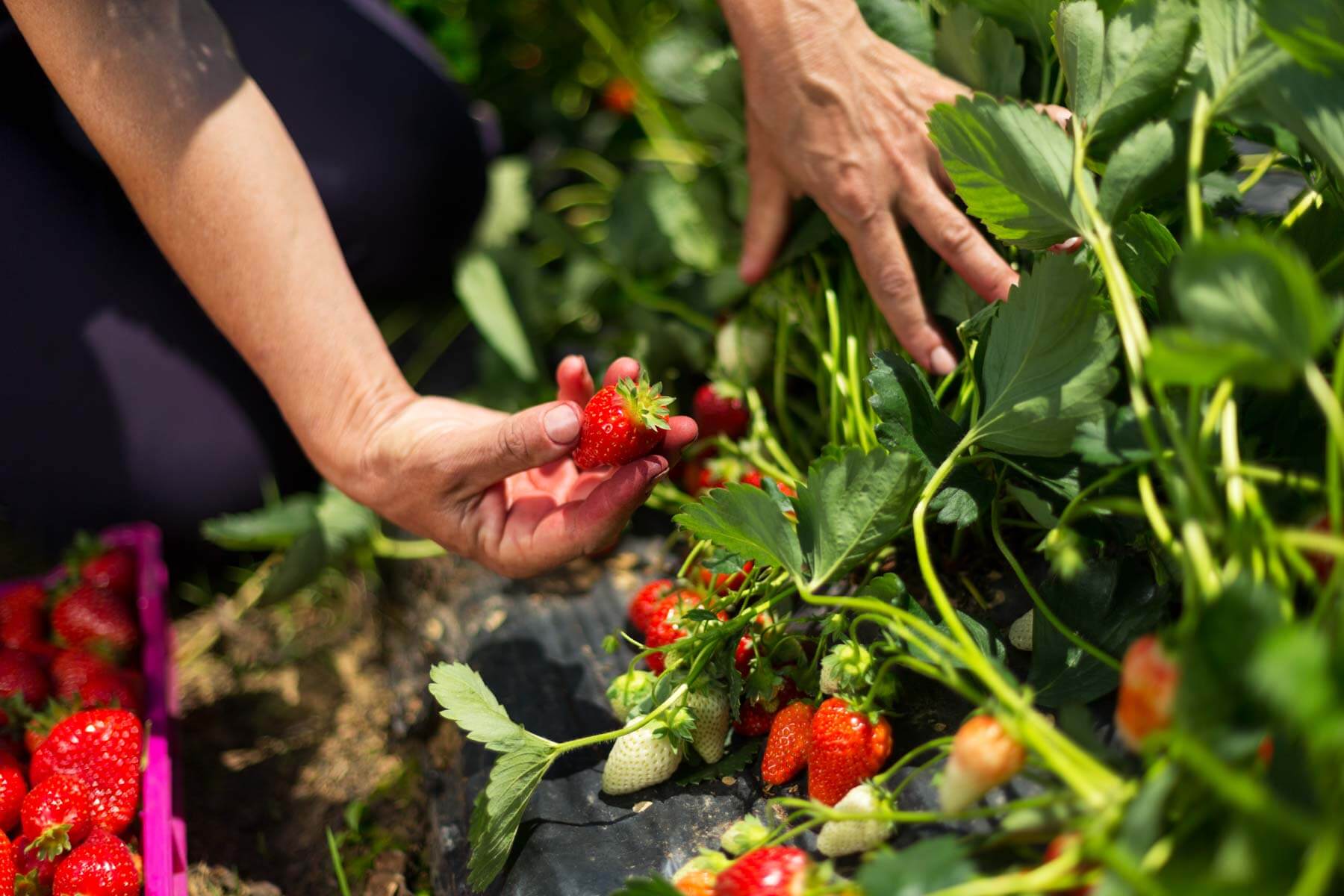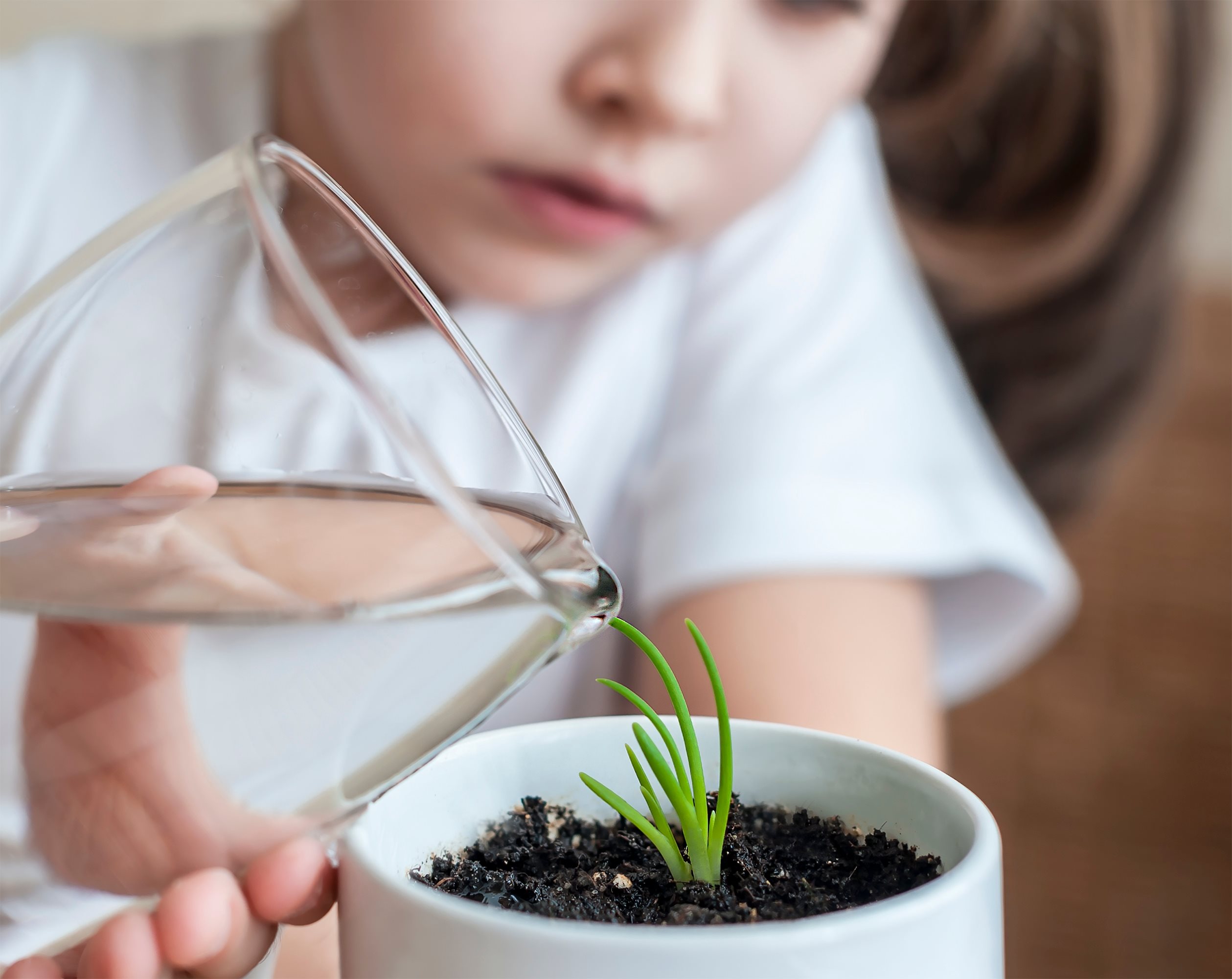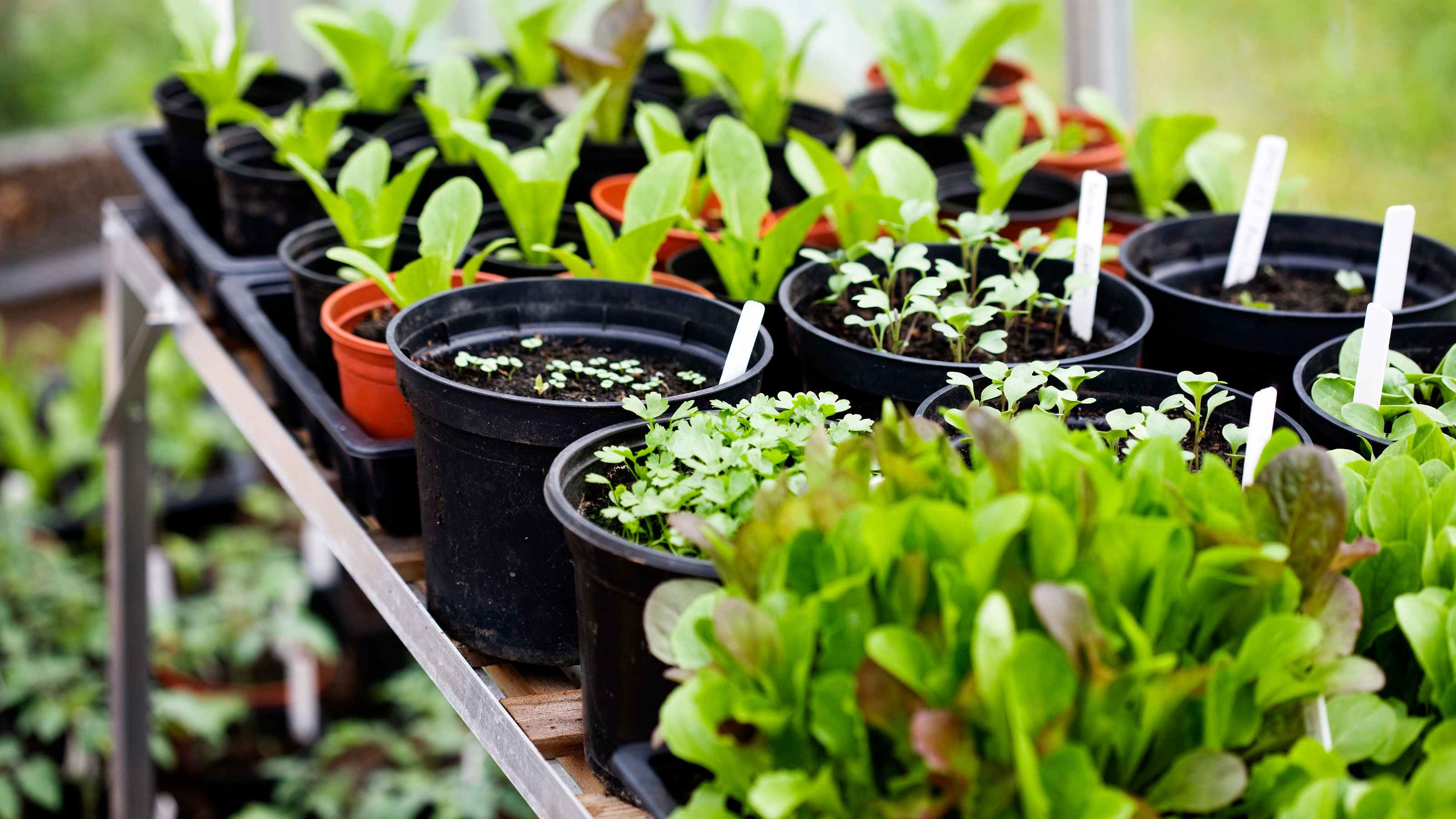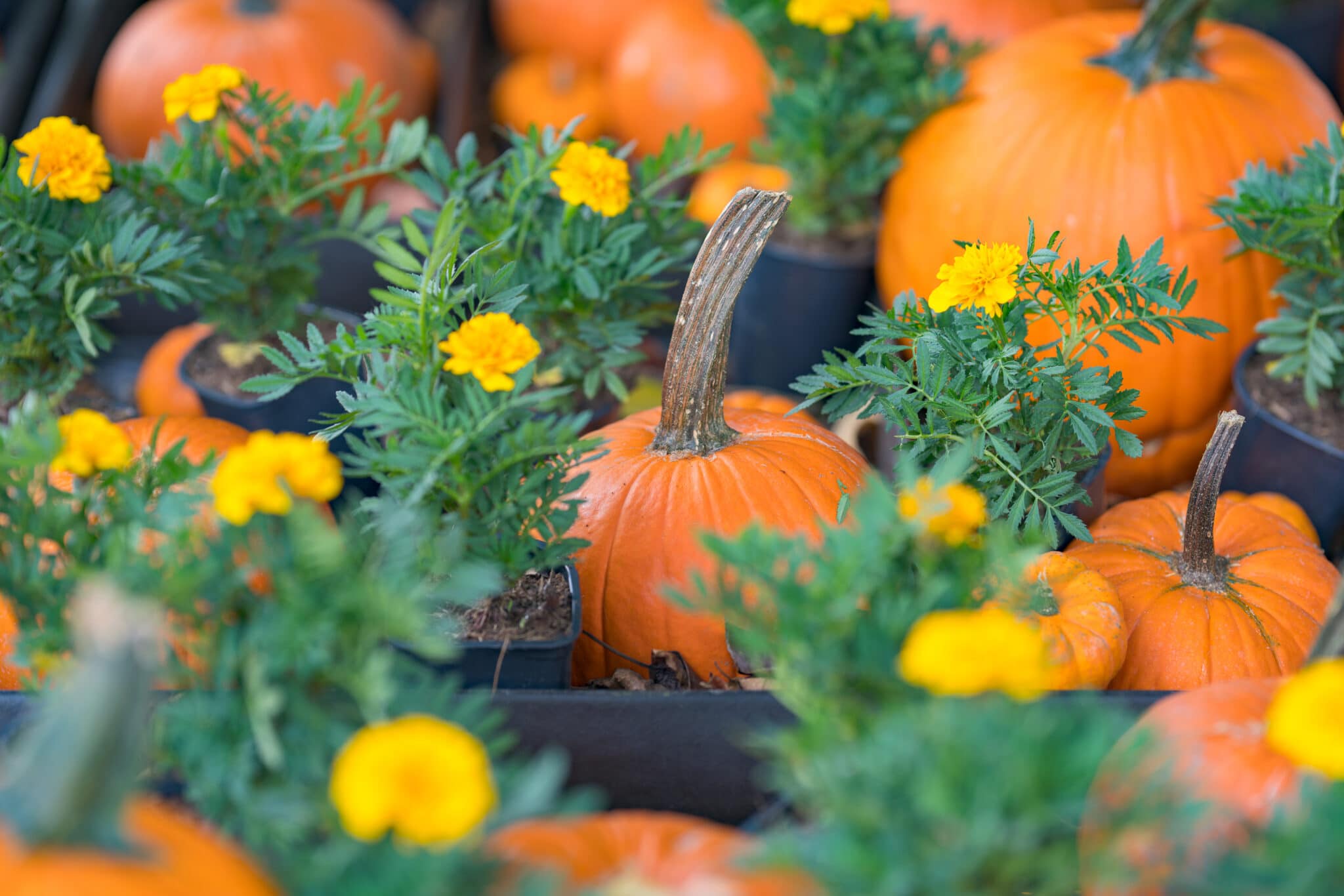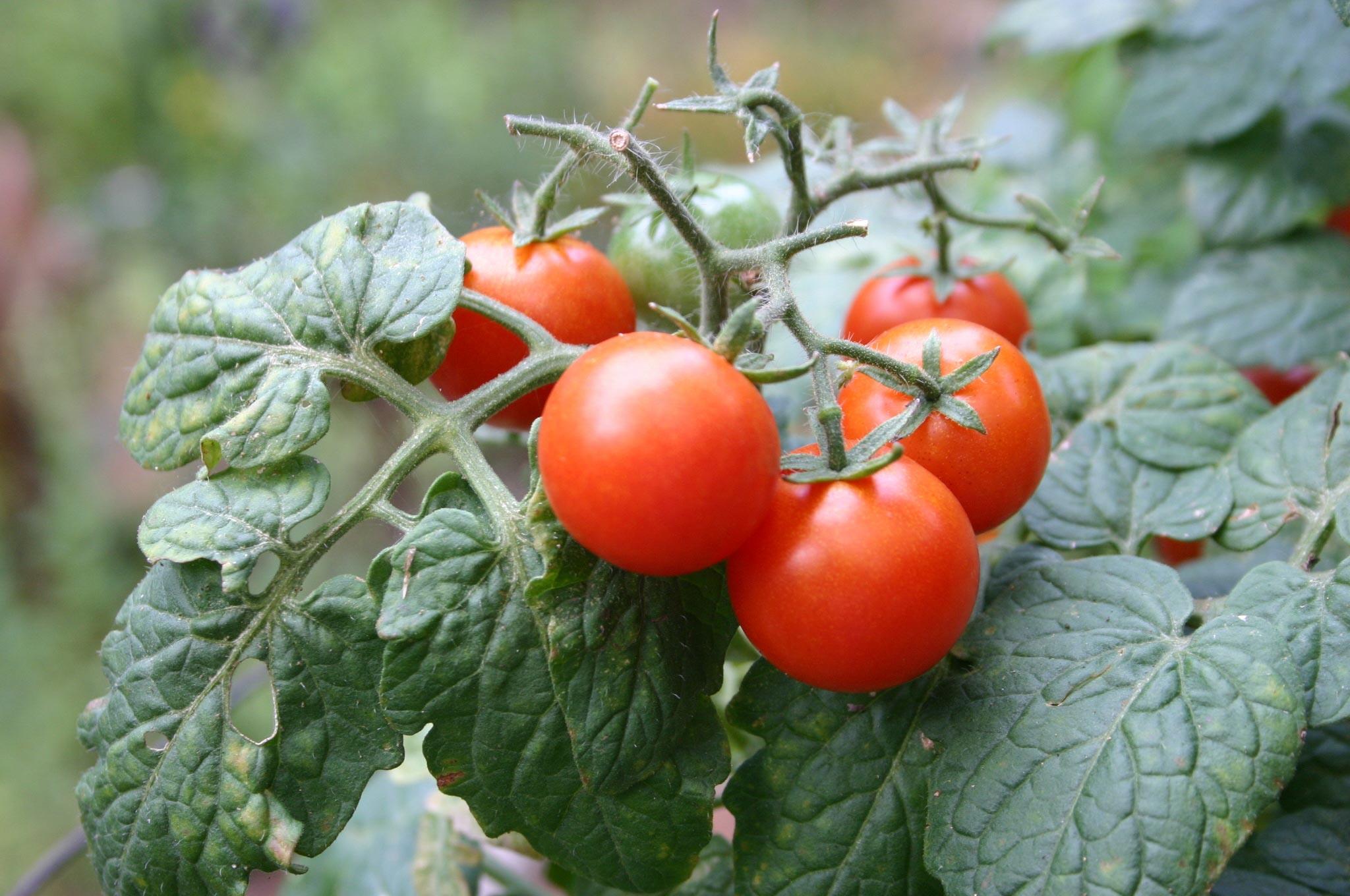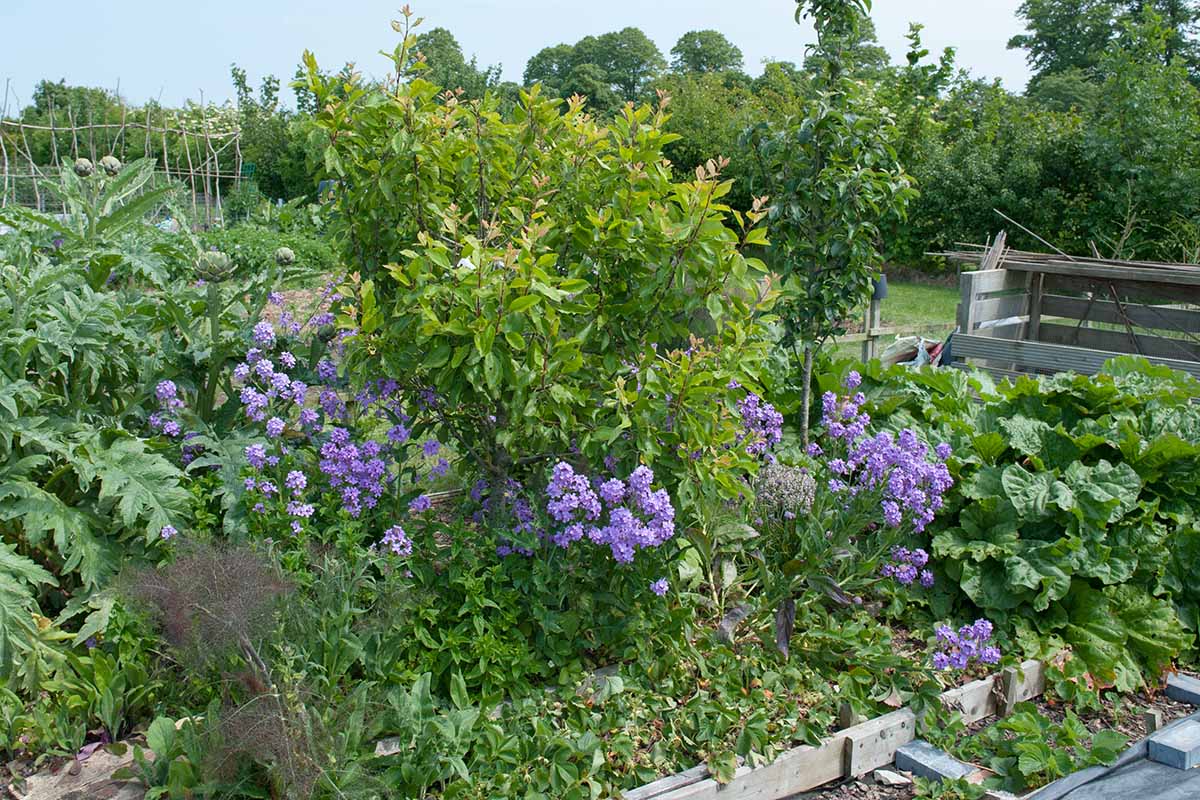Home>Types of Gardening>Ornamental Gardening>How Soon Can You Start Planting After Using Roundup
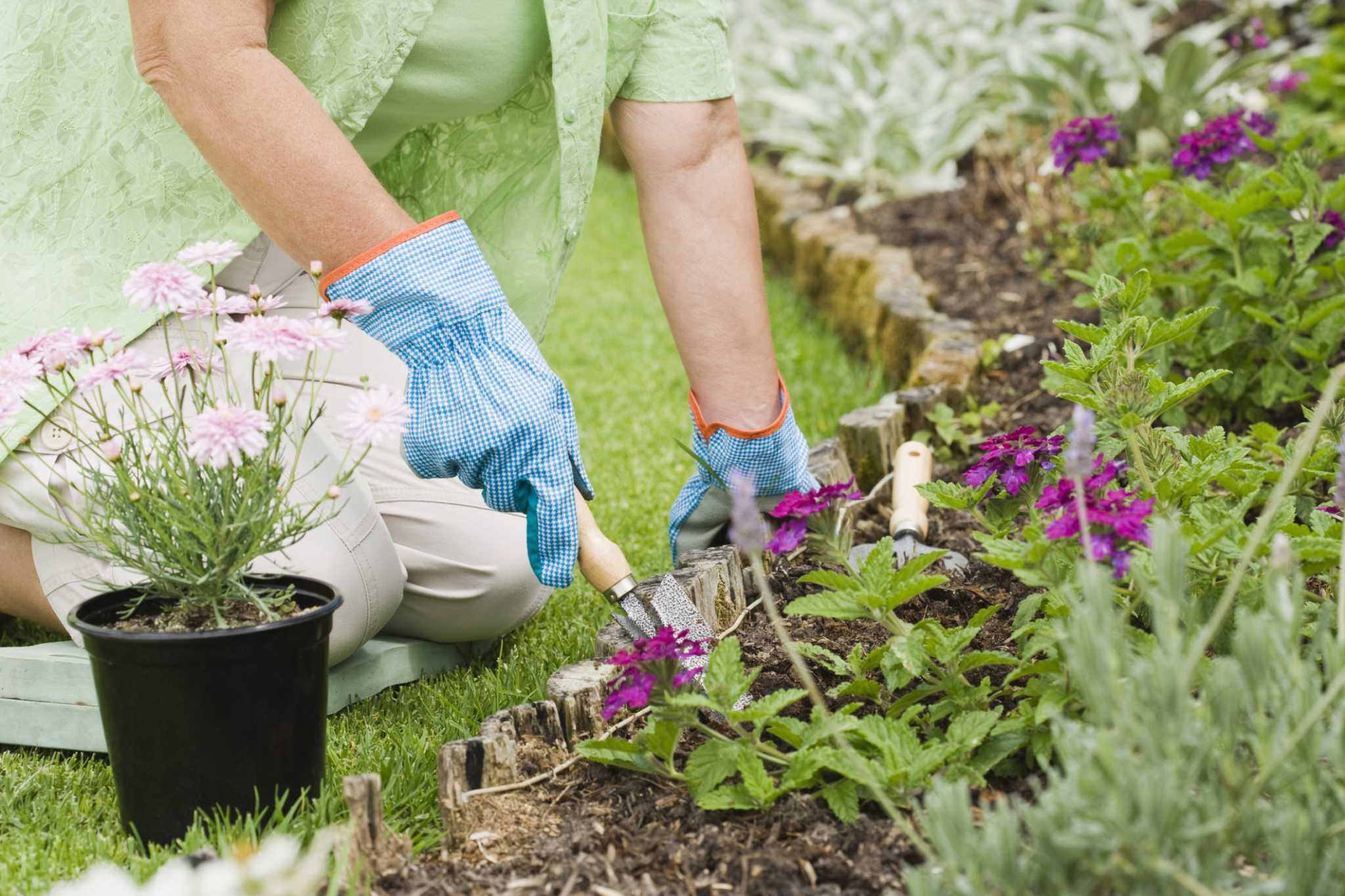

Ornamental Gardening
How Soon Can You Start Planting After Using Roundup
Modified: August 29, 2023
Learn how long you should wait before planting in your ornamental garden after using Roundup, and ensure successful growth for your plants.
(Many of the links in this article redirect to a specific reviewed product. Your purchase of these products through affiliate links helps to generate commission for Chicagolandgardening.com, at no extra cost. Learn more)
Table of Contents
- Introduction
- Understanding Roundup and its Effects on Soil
- Factors Affecting Breakdown of Roundup in Soil
- Waiting Period for Planting After Roundup Application
- Factors Influencing Waiting Period
- Maximum Residue Levels (MRLs) and Crop Specific Recommendations
- Precautions and Best Practices for Planting after Roundup Application
- Conclusion
Introduction
Welcome to the world of ornamental gardening! Whether you’re a seasoned green thumb or a gardening novice, there’s something truly enchanting about creating a beautiful outdoor space filled with vibrant flowers, lush foliage, and unique decorative elements. Ornamental gardening allows you to transform your outdoor area into a picturesque haven that reflects your personal style and brings joy to all who behold it.
But before you dive headfirst into your gardening endeavors, it’s important to understand the importance of proper planning and preparation. One crucial aspect of ornamental gardening is ensuring the health and vitality of your plants, which includes taking appropriate measures to maintain the quality of the soil they grow in. One common concern for gardeners is the use of herbicides, such as Roundup, and its impact on soil health and subsequent planting. In this article, we will delve into the effects of Roundup on soil and provide insights on the optimal waiting period before planting after its application.
Roundup, a popular herbicide containing the active ingredient glyphosate, is widely used for weed control in gardens, farms, and other outdoor spaces. While it is effective at eliminating unwanted vegetation, it is essential to understand its implications for the soil ecosystem. Glyphosate-based herbicides can have both short-term and long-term effects on soil health, including reducing microbial activity, altering nutrient availability, and affecting the overall composition of the soil.
It is crucial to note that the breakdown of Roundup in soil is influenced by several factors, including temperature, soil type, and microbial activity. The duration required for Roundup to fully dissipate can vary significantly depending on these factors. This breakdown period is crucial to consider before planting any ornamental plants to ensure they are not adversely affected. Additionally, adhering to recommended waiting periods can minimize the risk of potential plant damage and ensure optimal growth and development.
In the following sections, we will explore various factors influencing the breakdown of Roundup in soil, the recommended waiting period for planting after Roundup application, and some best practices to consider. So, let’s dive in and equip ourselves with the knowledge and tools needed to create a thriving and stunning ornamental garden!
Understanding Roundup and its Effects on Soil
Roundup, a popular herbicide used in ornamental gardening and agriculture, contains the active ingredient glyphosate. Glyphosate targets and inhibits an enzyme essential for plant growth, leading to the death of unwanted vegetation. While Roundup is highly effective at weed control, it is crucial to understand its potential effects on soil health.
When Roundup is applied to the soil, it can have both short-term and long-term impacts. In the short term, glyphosate can reduce the activity of beneficial soil microorganisms. These microorganisms play a vital role in soil fertility and plant nutrient uptake. The decrease in microbial activity can affect the availability of essential nutrients, ultimately impacting the growth and health of ornamental plants.
Furthermore, glyphosate can alter the composition of the soil, affecting its physical structure and nutrient-holding capacity. This alteration in soil structure can lead to increased erosion and decreased water infiltration, compromising the overall health of the soil ecosystem.
Over time, repeated use of Roundup can lead to the accumulation of glyphosate residues in the soil. While glyphosate has a relatively short half-life, the build-up of residues can have potential long-term implications. These residues can persist in the soil and may continue to impact soil health and plant growth even after the initial application.
It is important to note that the effects of Roundup on soil can vary depending on factors such as soil type, climate, application rate, and frequency. Some soil types, such as clay soils, may have a higher capacity to bind glyphosate molecules, reducing their potential impact. Additionally, warmer temperatures and higher microbial activity can accelerate the breakdown of glyphosate in the soil.
To mitigate the potential negative effects of Roundup on soil, it is essential to take precautionary measures. This includes using the herbicide sparingly and only when absolutely necessary, following label instructions, and considering alternative weed control methods whenever possible.
By understanding the potential effects of Roundup on soil health, as well as taking necessary precautions, gardeners can maintain a healthy and thriving soil ecosystem while effectively managing weed growth in their ornamental gardens.
Factors Affecting Breakdown of Roundup in Soil
The breakdown of Roundup in soil is influenced by various factors that can impact the rate at which glyphosate, the active ingredient in Roundup, dissipates. Understanding these factors can help gardeners determine the waiting period required before planting ornamental plants after Roundup application.
1. Temperature: Temperature plays a significant role in the breakdown of Roundup in soil. Warmer temperatures generally accelerate the degradation process, while colder temperatures can slow it down. In warmer climates, glyphosate residues are generally broken down more rapidly, reducing the waiting period before planting. Conversely, in colder climates, it may take longer for the herbicide to dissipate, requiring a more extended waiting period.
2. Soil Type: The composition and characteristics of the soil can affect the breakdown of Roundup. Sandy soils, for example, tend to have lower organic matter content and a faster breakdown rate compared to clay soils. This means that glyphosate residues may persist longer in clay soils, necessitating a longer waiting period before planting ornamental plants.
3. Microbial Activity: Soil microorganisms play a crucial role in the degradation of glyphosate. Their activity can be influenced by factors such as soil moisture, organic matter content, and pH levels. Healthy soil ecosystems with high microbial diversity and activity tend to break down Roundup more effectively, reducing the waiting period for planting. Conversely, soils with low microbial activity may require a more extended waiting period to ensure effective breakdown of glyphosate.
4. Application Rate and Frequency: The amount of Roundup applied and the frequency of application can affect the persistence of glyphosate residues in the soil. Higher application rates and frequent use can lead to a higher accumulation of herbicide residues, potentially prolonging the waiting period before planting. Using Roundup strictly according to label instructions and minimizing its use can help minimize the impact on soil health and reduce the waiting period.
5. Presence of Organic Matter: Soils rich in organic matter tend to have higher microbial activity and nutrient content, which can aid in the breakdown of glyphosate. Organic matter acts as a food source for soil microorganisms, promoting their growth and activity. If your soil has a low organic matter content, incorporating organic amendments such as compost or well-rotted manure can help improve its ability to break down Roundup residues.
It is important to consider these factors when determining the waiting period necessary before planting ornamental plants after Roundup application. By understanding these variables, gardeners can make informed decisions and ensure that the soil is adequately prepared for successful plant growth.
Waiting Period for Planting After Roundup Application
After applying Roundup to your ornamental garden, it is crucial to allow sufficient time for the herbicide to dissipate before planting new vegetation. This waiting period ensures that any potential residues of glyphosate, the active ingredient in Roundup, are adequately broken down, minimizing the risk of adverse effects on plant growth and health.
The exact waiting period after Roundup application can vary depending on factors such as temperature, soil type, and the presence of organic matter. In general, it is recommended to wait at least 7 to 14 days before planting ornamental plants. However, it is important to refer to the specific guidelines provided on the Roundup label as they may vary depending on the formulation and concentration of glyphosate.
Warmer temperatures and higher microbial activity can accelerate the breakdown of glyphosate in the soil. In such conditions, the waiting period may be shorter. Conversely, colder temperatures and low microbial activity can slow down the degradation process, necessitating a more extended waiting period.
Soil type also plays a role in determining the waiting period. Sandy soils typically have lower organic matter content and faster breakdown rates, allowing for a shorter waiting period before planting. On the other hand, clay soils tend to have higher organic matter content and slower breakdown rates, requiring a longer waiting period to ensure sufficient glyphosate dissipation.
It is essential to consider the specific needs and recommendations of the ornamental plants you intend to plant. Some plant species may be more sensitive to residual herbicides, including glyphosate, and may require a longer waiting period or alternative weed control methods to avoid potential damage.
Another important factor to consider is the presence of organic matter in the soil. Soils with higher organic matter content tend to have higher microbial activity, enhancing the breakdown of glyphosate. If your soil has a low organic matter content, incorporating organic amendments such as compost or well-rotted manure can help improve its ability to break down herbicide residues and reduce the waiting period.
Remember, waiting longer than the recommended waiting period is always better than planting too soon and risking potential damage to your ornamental plants. Taking the time to ensure proper breakdown of Roundup residues will help promote optimal plant growth and overall garden health.
By following the waiting period recommendations and considering the specific conditions of your garden, you can confidently proceed with planting ornamental plants after Roundup application, allowing them the best chance for success and vibrant growth.
Factors Influencing Waiting Period
Several factors come into play when determining the waiting period after Roundup application before planting ornamental plants. These factors can influence the time required for glyphosate, the active ingredient in Roundup, to fully dissipate from the soil, ensuring the safety and health of your new plantings.
1. Plant Sensitivity: Different plant species have varying levels of sensitivity to residual herbicides, including glyphosate. Some plants may be more tolerant and can be planted sooner after Roundup application, while others may require a longer waiting period. It is important to research the specific sensitivity of the ornamental plants you plan to grow and follow any specific recommendations for planting after herbicide use.
2. Application Rate and Concentration: The amount and concentration of Roundup applied to the soil play a significant role in determining the waiting period. Higher application rates and concentrations result in higher levels of glyphosate residues in the soil, which may require additional time to break down. Following the recommended application rates and concentrations provided on the Roundup label can help ensure a safer waiting period before planting.
3. Environmental Conditions: Environmental factors such as temperature and rainfall can affect the breakdown of Roundup in soil. Warmer temperatures and increased microbial activity can expedite glyphosate degradation, shortening the waiting period. Conversely, colder temperatures and low microbial activity can prolong the breakdown process, necessitating a longer waiting period. Similarly, heavy rainfall or irrigation can influence the movement of glyphosate residues in the soil, potentially impacting the waiting period as well.
4. Soil Type and Composition: Soil type and composition can impact the rate at which glyphosate breaks down in the soil. Sandy soils, for example, have a lower organic matter content and tend to facilitate faster degradation, requiring a shorter waiting period. Clay soils, on the other hand, have higher organic matter content and can prolong the breakdown process, necessitating a longer waiting period before planting ornamental plants.
5. Microbial Activity: Soil microorganisms play a crucial role in the degradation of glyphosate. Higher microbial activity can accelerate the breakdown process, whereas low microbial activity can slow it down. Factors such as soil moisture, pH levels, and organic matter content can influence microbial activity. Ensuring healthy soil ecosystems with adequate organic matter and regular additions of compost can promote higher microbial activity and expedite glyphosate breakdown.
It is vital to consider all these factors collectively to determine the appropriate waiting period before planting after Roundup application. By understanding how these factors influence glyphosate breakdown, gardeners can make informed decisions to ensure the safety and success of their ornamental gardening endeavors.
Maximum Residue Levels (MRLs) and Crop Specific Recommendations
When using Roundup or any herbicide in ornamental gardening, it is important to be aware of Maximum Residue Levels (MRLs) and any crop specific recommendations. MRLs are the maximum allowable levels of pesticide residues that can remain on crops without posing a health risk to consumers. These guidelines are established by regulatory bodies and may vary depending on the country or region.
MRLs are typically set based on extensive research and safety assessments to ensure that the consumption of crops treated with herbicides like Roundup does not exceed levels deemed safe for human health. These MRLs cover a broad range of crops, including commonly grown ornamental plants.
When using Roundup in an ornamental garden, it is essential to note that MRLs primarily apply to crops that are grown for consumption as food, rather than ornamental purposes. However, erring on the side of caution and following general MRL guidelines can help maintain a safe and healthy environment for both humans and wildlife.
While there may not be specific MRLs established for ornamental plants since they are not typically consumed, it is advisable to avoid treating ornamental plants with Roundup close to edible crops or areas where human contact may occur. This is particularly important if there is a risk of accidental ingestion or contact with the treated plants.
In addition to MRLs, it is also important to consider any specific crop recommendations provided by the herbicide manufacturer. These recommendations are designed to ensure the best results and minimize any potential negative effects. Following the manufacturer’s instructions for Roundup application and adhering to any crop-specific recommendations can help optimize effectiveness and minimize the risk of adverse effects on your ornamental plants.
It’s essential to remember that herbicides, including Roundup, should be used responsibly and in accordance with label instructions and local regulations. Before using any herbicide in your ornamental garden, always read and follow the product label carefully to ensure the safety of yourself, others, and the environment.
By being mindful of MRLs and any crop-specific recommendations, gardeners can engage in responsible herbicide use while minimizing risks and creating a beautiful and healthy ornamental garden.
Precautions and Best Practices for Planting after Roundup Application
When it comes to planting after Roundup application, following the proper precautions and best practices is crucial to ensure the health and success of your ornamental plants. By taking the necessary steps and implementing these practices, you can minimize any potential risks and create a thriving garden environment.
1. Read and Follow Label Instructions: Before using Roundup, carefully read and follow the instructions provided on the product label. It contains important information on application rates, mixing instructions, safety precautions, and waiting periods. Adhering to these guidelines will help ensure effective and safe use of the herbicide.
2. Wear Protective Clothing and Gear: When applying Roundup, always wear appropriate protective clothing, including gloves, long sleeves, long pants, and closed-toe shoes. Additionally, consider wearing safety goggles or a face shield to protect your eyes from any potential splashes or spray drift.
3. Choose the Right Timing: Select an appropriate time to apply Roundup, taking into account the weather conditions and the growth stage of the undesirable plants. Optimal application timing can enhance the effectiveness of the herbicide and minimize potential impacts on ornamental plants.
4. Apply with Care: When applying Roundup, take extra care to avoid overspray and drift onto desirable plants. Shielding or using targeted spraying techniques can help prevent unintentional contact with ornamental plants and minimize the risk of damage.
5. Allow Adequate Waiting Period: It is essential to allow a sufficient waiting period after Roundup application before planting ornamental plants. This waiting period ensures that any potential glyphosate residue in the soil has adequately broken down and poses no risk to the newly planted vegetation.
6. Improve Soil Health: Prioritize soil health by incorporating organic matter, such as compost or well-rotted manure, into the soil before planting ornamental plants. This helps enhance nutrient availability and microbial activity, supporting plant growth and recovery after Roundup application.
7. Monitor and Maintain: Regularly monitor your ornamental garden for any signs of potential issues or unexpected effects following Roundup application. Promptly address any concerns and take appropriate actions to maintain the health and integrity of your plants.
8. Consider Alternatives: Whenever possible, explore alternative weed control methods that are less reliant on herbicides. Practices such as hand weeding, mulching, and improving soil health can help reduce the need for herbicide application and promote a more sustainable gardening approach.
By following these precautions and best practices, you can minimize any potential risks associated with Roundup application and create a safe and thriving environment for your ornamental plants. Always prioritize safety, read and follow label instructions, and be mindful of the specific needs of your plants to ensure long-term success in your garden.
Conclusion
Ornamental gardening is a rewarding endeavor that allows you to create a beautiful and captivating outdoor space. When it comes to using herbicides such as Roundup in your garden, understanding their effects on soil and implementing proper practices is crucial for the health and success of your ornamental plants.
By considering the factors that influence the breakdown of Roundup in soil, you can determine the optimal waiting period before planting and ensure the complete dissipation of glyphosate residues. Factors such as temperature, soil type, microbial activity, and application rate all play a role in this process.
It is important to be mindful of Maximum Residue Levels (MRLs) and any crop-specific recommendations, even though they primarily apply to food crops. Following these guidelines can contribute to a safer and healthier gardening environment.
To further minimize risks, it is essential to take precautions and follow best practices. This includes wearing protective clothing during Roundup application, timing the application appropriately, avoiding overspray onto desired plants, allowing an adequate waiting period before planting, and improving soil health through organic amendments.
Lastly, considering alternative weed control methods and maintaining regular monitoring and maintenance practices can help foster a more sustainable and environmentally-friendly approach to ornamental gardening.
By implementing these practices and nurturing a healthy and thriving garden ecosystem, you can continue to enjoy the beauty and charm of your ornamental garden while ensuring the well-being of your plants and the environment around them.
